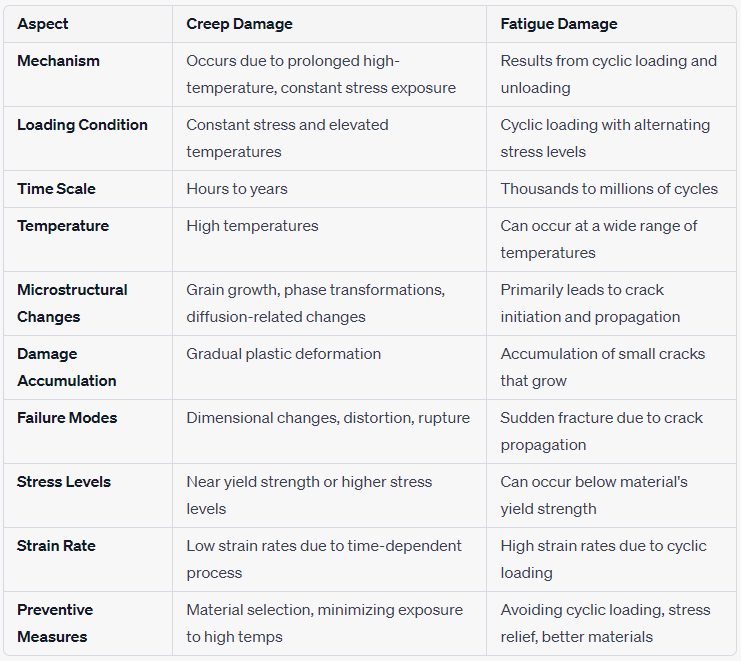Pressure Vessel Internal Inspection-Non-metallic Protective Coating
- matintegrity
- Sep 26, 2021
- 2 min read
If carbon steel materials would not resist the corrosion or erosion expected or would cause contamination of the product during pressure vessel operation, vessels may be lined with other metallic or non metallic lining or coating. Non-metallic liners may be used to resist corrosion and erosion, reduce fouling potential, or to insulate and reduce the temperature on the walls of a pressure vessel. The most common non-metallic lining materials are reinforced concrete, acid brick, refractory material, insulating material, carbon brick or block, rubber, phenolic or epoxy coatings, glass, and plastic.

The condition of the protective coating on a vessel shell should be determined. Rust spots, blisters, and film lifting are the types of paint failures usually found. Rust spots and blisters are easily found by visual examination. Film lifting is not easily seen unless the film has bulged appreciably or has broken. It can be found by picking at the film with a scraper or knife in suspect areas. Scraping paint away from blisters and rust spots often reveals pits in the vessel walls. The depth of such pitting can be measured with a pit gauge or a depth gauge. The most likely spots to search for paint failure are in crevices, in constantly moist areas, and at welded or riveted vessel seams.
Remember: Corrosion may exist underneath a paint film and will be indicated by rust stains showing through the paint or by a blistering or a general lifting of the paint film.
Need advise or Have a question
Do you have a problem in selecting the right materials? Do you need more information? Whether you prefer to call through your company or as individual, please contact us or send your email and we will contact you.
The effectiveness of protective coating to resist corrosion is appreciably reduced by breaks in the film or coatings. For the most part, inspection will consist of a visual examination for discontinuities in the coatings. These breaks are sometimes called holidays. Bulging, blistering, and chipping are all indications that openings exist underneath the coating and hence you cannot see behind the coating to detect corrosion. The spark tester method of inspection for leaks in paint, glass, plastic, and rubber linings is quite thorough. A high-voltage, low-current, brush-type electrode is passed over the nonconductive coating. The other end of the circuit is attached to the shell of the vessel. An electric arc will form between the brush electrode and the vessel shell through any holes in the lining.
Caution—The voltage used in this inspection method should not exceed the dielectric strength of the coating. Damage to the lining may result.
Internal coatings should be thoroughly examined and if found in good condition with no suspect that damage is occurring behind them, then it is not necessary to remove coating during the internal inspection. However, If the coatings appear damaged, bulged, or cracked, it may be advisable to remove portions to investigate the condition of the lining and the vessel surface underneath. External NDE techniques such as UT may be advisable to explore for damage underneath the coating.

Don not hesitate to subscribe and share your comments.










Comments